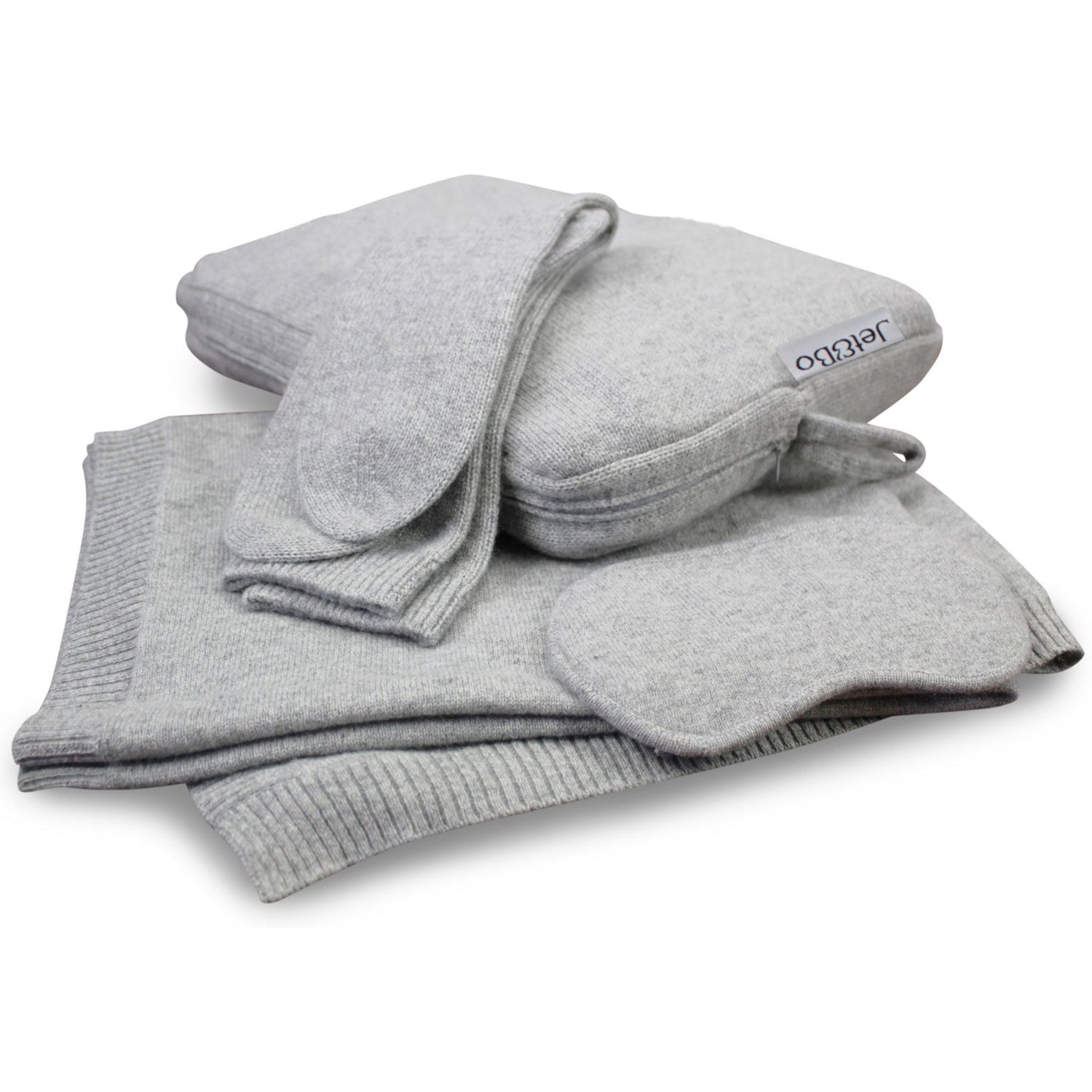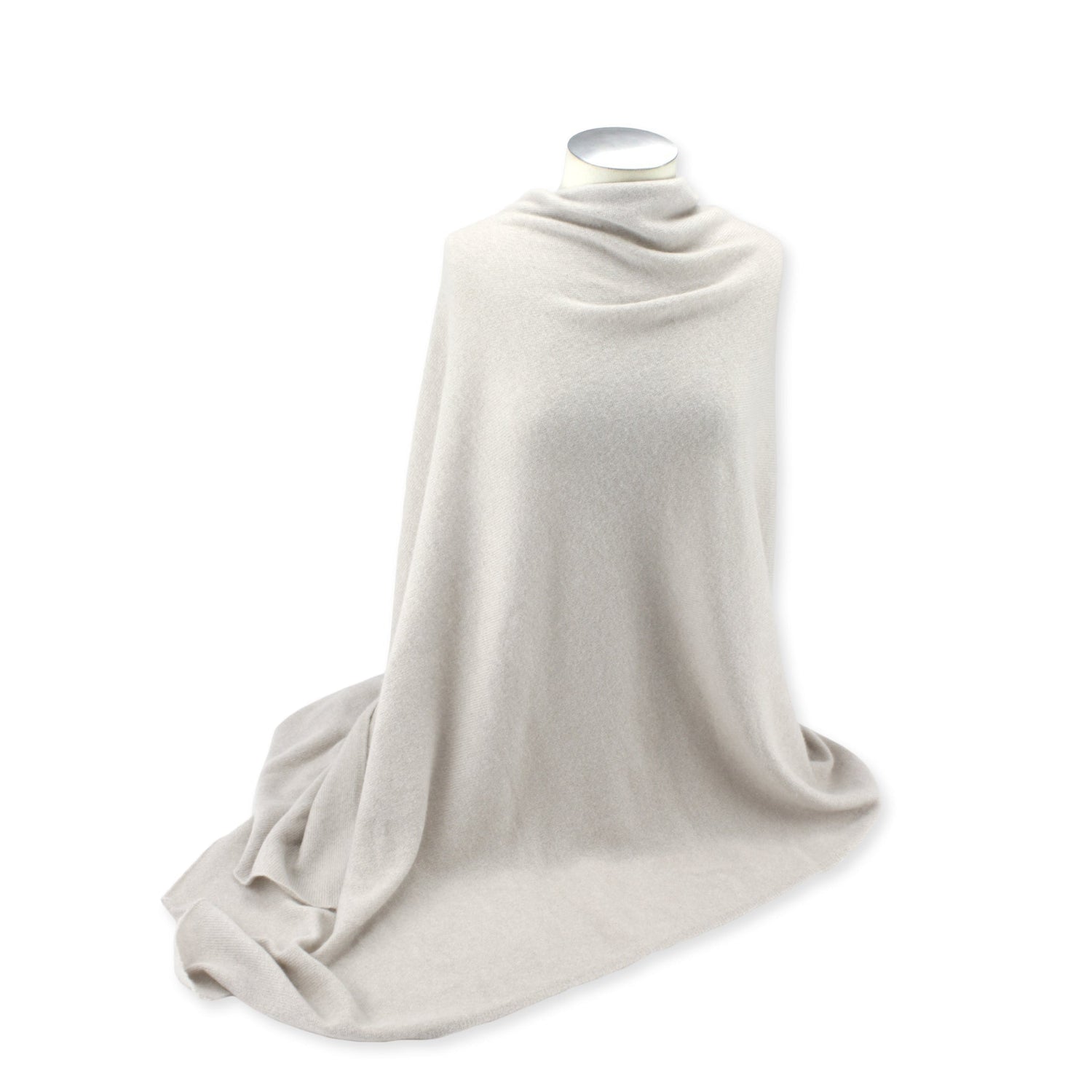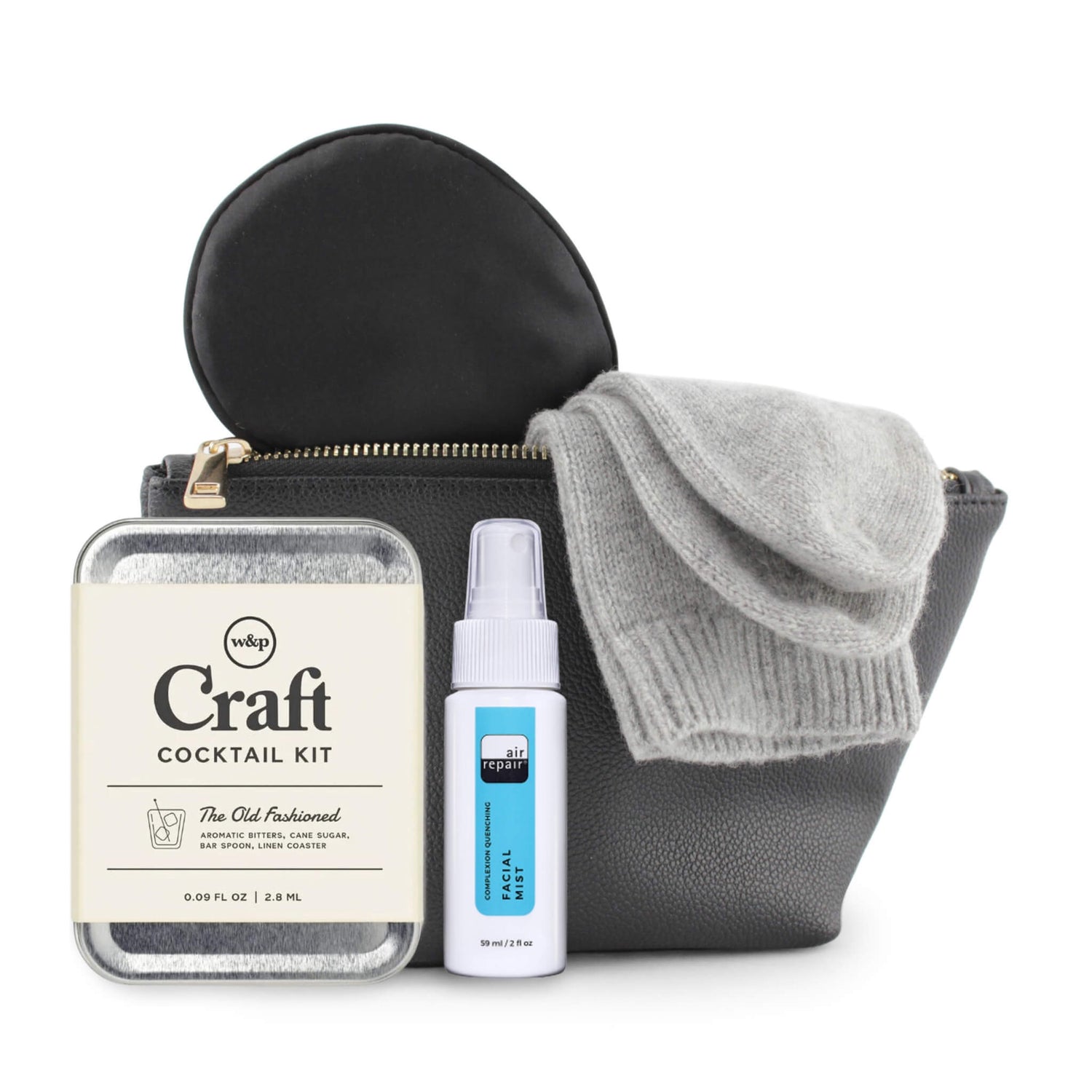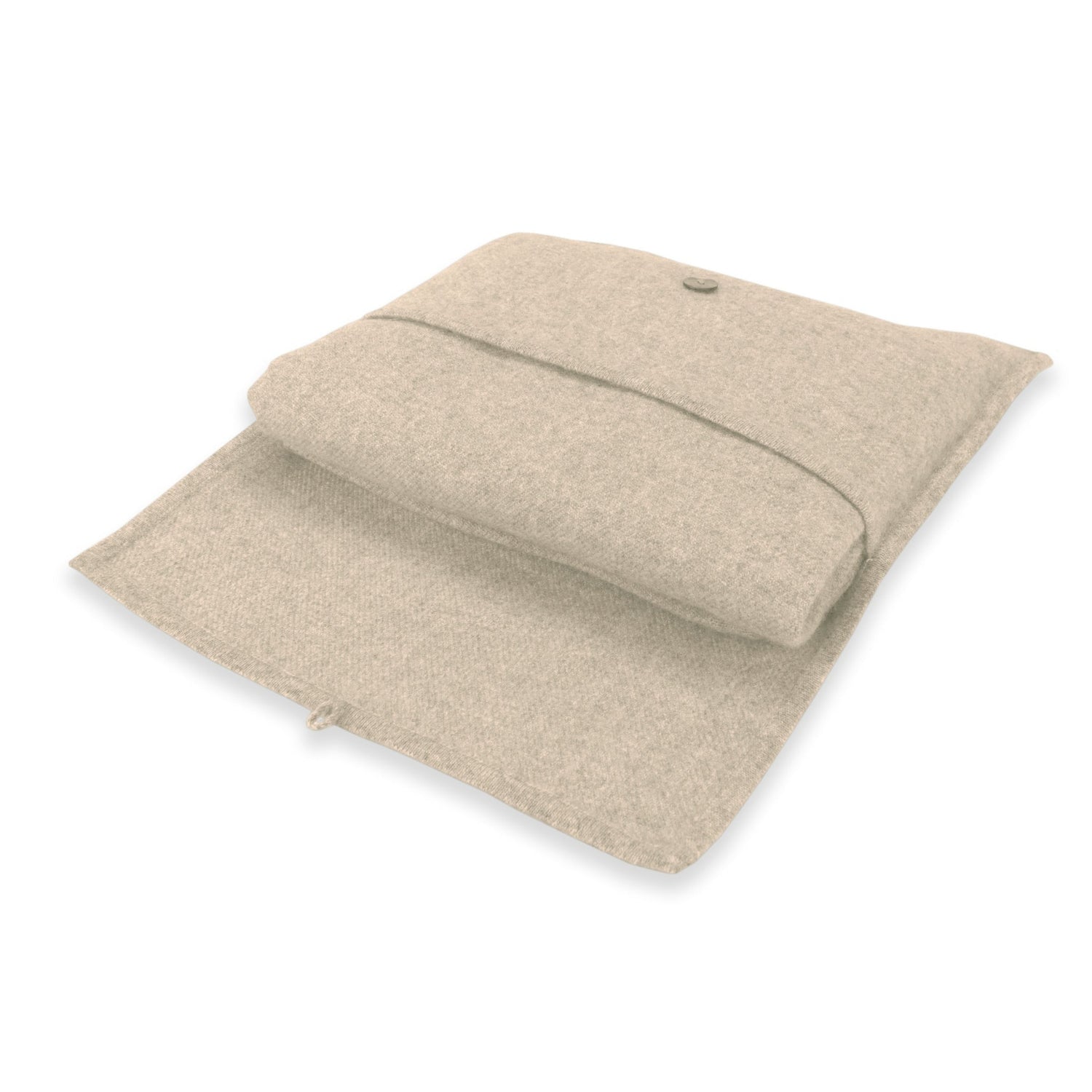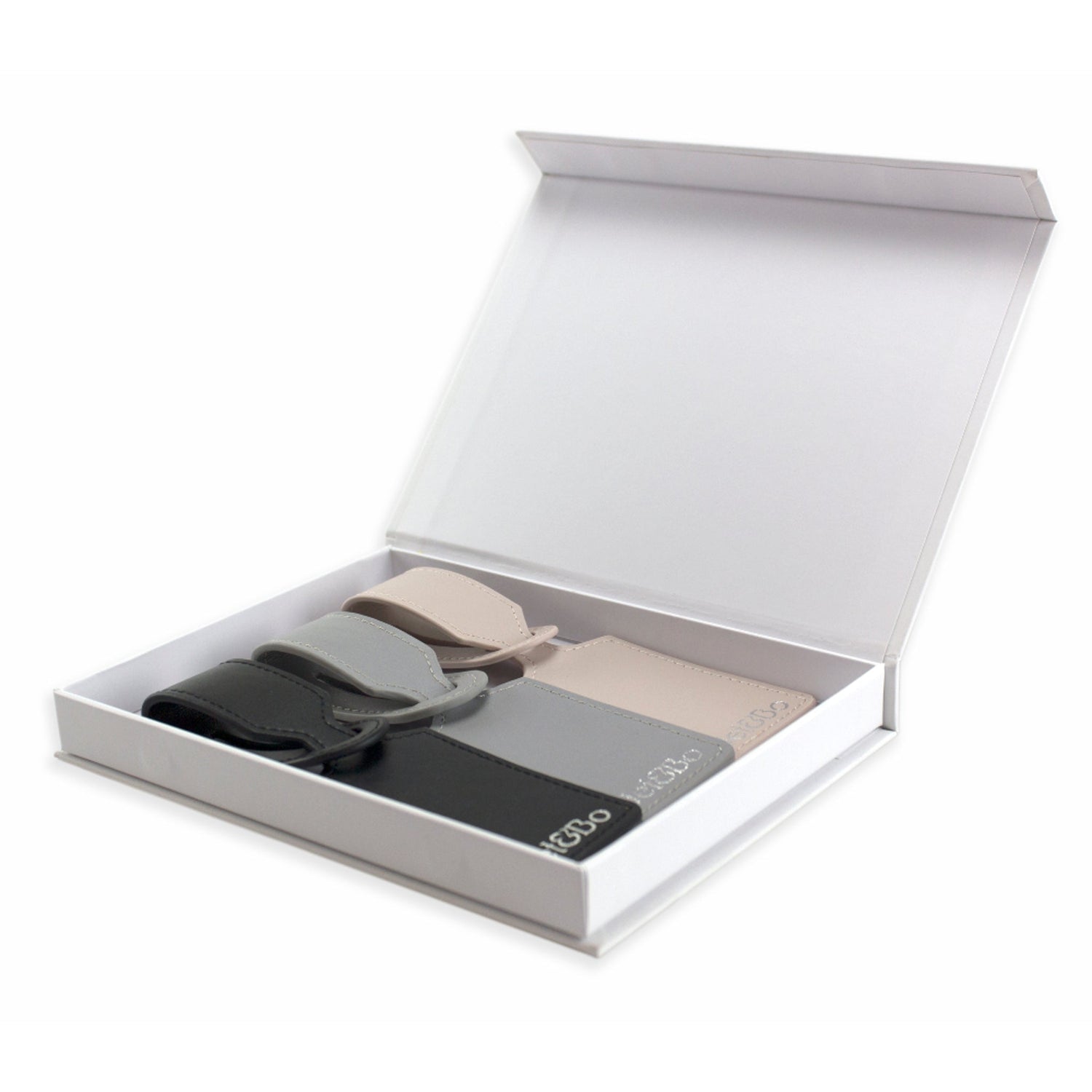
Cashmere is considered a luxury material and the best of all natural fibers. It offers many benefits, such as softness and warmth, while being lightweight. It is well worth the investment, and when cared for correctly, a cashmere piece can last a lifetime. When buying cashmere, you want to know that you are purchasing a high-quality item, but how can you tell?
What Determines Cashmere Quality?
The most important factor in cashmere quality is the fineness and length of the fibers. Items made with fine long fibers pill less and maintain their shape better than lower-quality cashmere and will get better with each wash. Shorter fibers do provide softness and loft but increase the amount of pilling on the cashmere item.
Whether an item is made from 100% cashmere or a blend with other fibers will affect the feel and price. A blend will combine cashmere with wool, silk, or synthetic fibers. These cheaper fibers lower the cost and blends are often made with lower-quality cashmere. Buying a blend means you’re compromising price for the things that make cashmere so sought after, its soft lightweight insulating properties.
Here are 7 tests you can do to determine the quality of your cashmere item.
The Label Test
To check if the garment is 100% cashmere read the label attached to the item, which should state ‘100% cashmere’ as required by the Federal Trade Commission in the U.S. If it is a blend, it must display the percentages of yarn on the label by law e.g. 20% cashmere / 80% merino wool. If there is no label, beware!
The Touch Test
Rub the cashmere under your chin to feel the softness. Higher-quality cashmere is soft but not overly soft to the touch; it softens over time with wear. Some companies increase the softness by treating the cashmere with chemical additives and softeners or over-washing it. This reduces the life of the cashmere garment, so beware of cashmere that feels unbelievably soft. Rub the cashmere between your thumb and fingers, and then rub them together. If your fingers feel slick chemical additives have been used to make the cashmere feel softer.
The Look Test
Hold the cashmere item at eye level and look across the surface. If you can see a minimal amount of fluffiness, approximately 1mm - 2mm, it’s a sign of good quality cashmere. If the fluffiness rises higher than that, it indicates that shorter hairs have been used, which do not bind together as well as long hairs, and the item will pill and wear more quickly.
The Stretch Test
Gently stretch out a piece of the cashmere item and see if it springs back into shape. Good quality cashmere will, while lower quality cashmere will remain out of shape. Also, stretch it and look through it. The tighter the knit of the cashmere, the better it will retain its shape and be less susceptible to holes.
The Pilling Test
Rub your hand over the cashmere item several times. If little balls start forming, it is a sign that the cashmere used contains an excess amount of shorter hairs which means lower-quality. All cashmere pills when rubbed over time, but if it pills immediately it’s a sign of low-quality.
The Light Test
Hold the item to the light and look for uneven or thin patches. A good quality cashmere item should be consistently knit from a high-quality yarn and therefore appear even throughout. Irregular patches are a sign of an inferior product.
The Price Test
Cashmere items can vary a lot in price. However, lower priced cashmere is most often an indication of lower quality.
If the item passes all the tests above, you can rest assured that you are buying a quality cashmere item that will last.
Ply & Gauge
Additional factors that can affect the look and performance of the cashmere are the ply and gauge. These are not indications of quality, just of how the item looks and functions. Note that ply and gauge are not always indicated on the label or product description.
Ply is the number of cashmere threads twisted together to make the yarn. Two twisted threads are referred to as 2-ply, and three twisted threads are referred to as 3-ply etc. Look for items that are at least 2-ply. Higher plies, such as 4-ply, add additional warmth but also increase the weight of the item.
Gauge is a measure of how tightly the item is knitted. The higher the gauge number, the tighter the knit and the more cashmere yarn used. Cashmere garments are commonly created in 7 gauge (7GG) and 12 gauge (12GG).
If you are after a specific functionality from your cashmere item, such as wanting it to be lightweight or extra warm, the ply and gauge should factor into your decision.
Further reading:
Cashmere Ply & Gauge Explained
How to Identify Quality Cashmere
How to Care for Your Cashmere Items
Cashmere Myth vs. Fact
Jet&Bo stocks a range of luxurious cashmere clothing and travel accessories:







